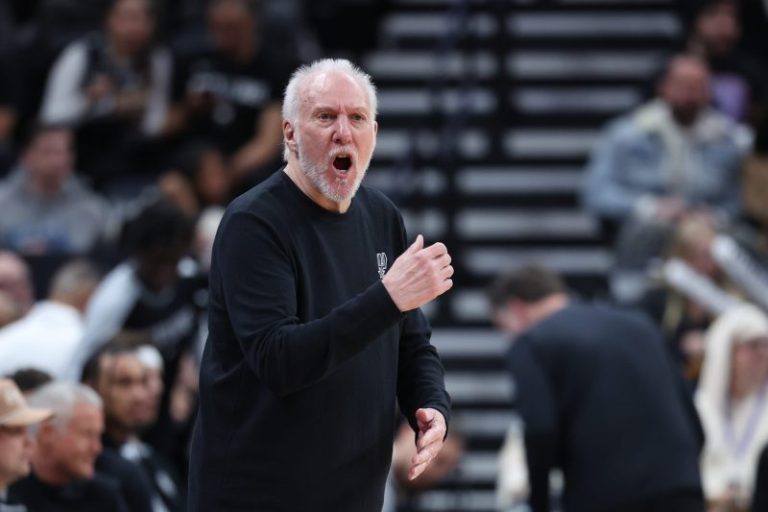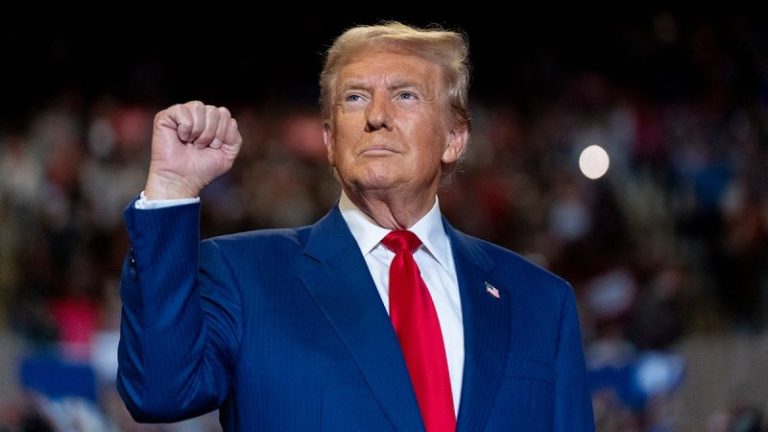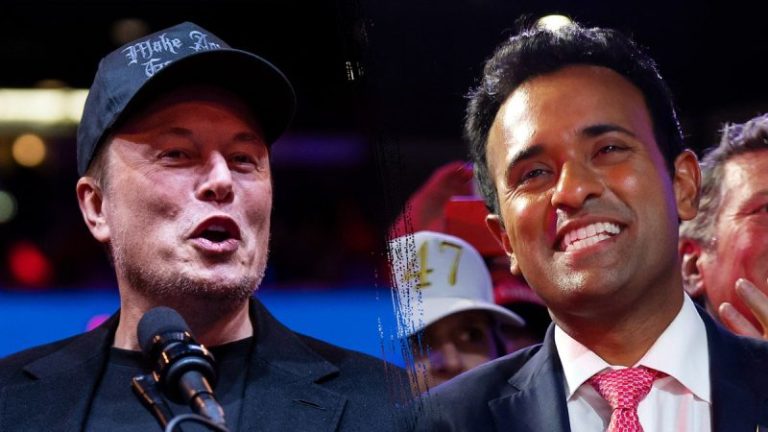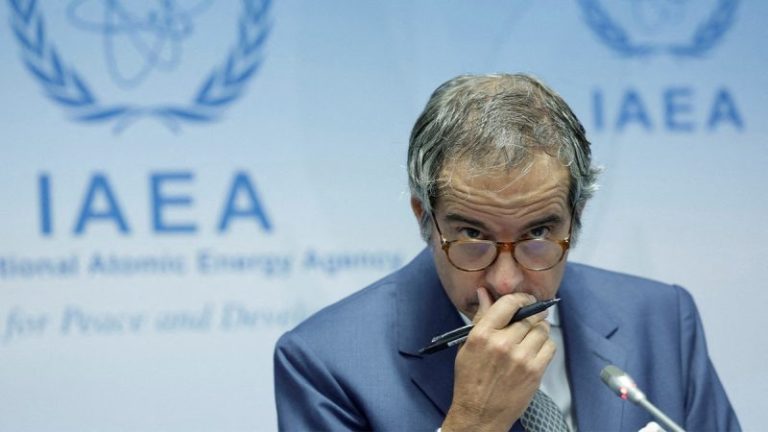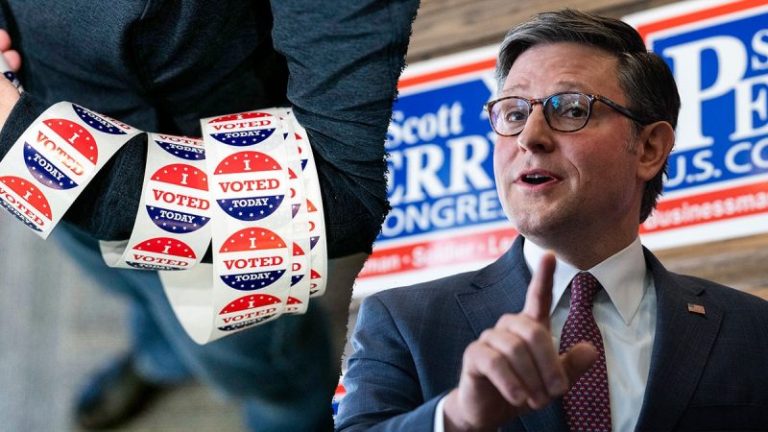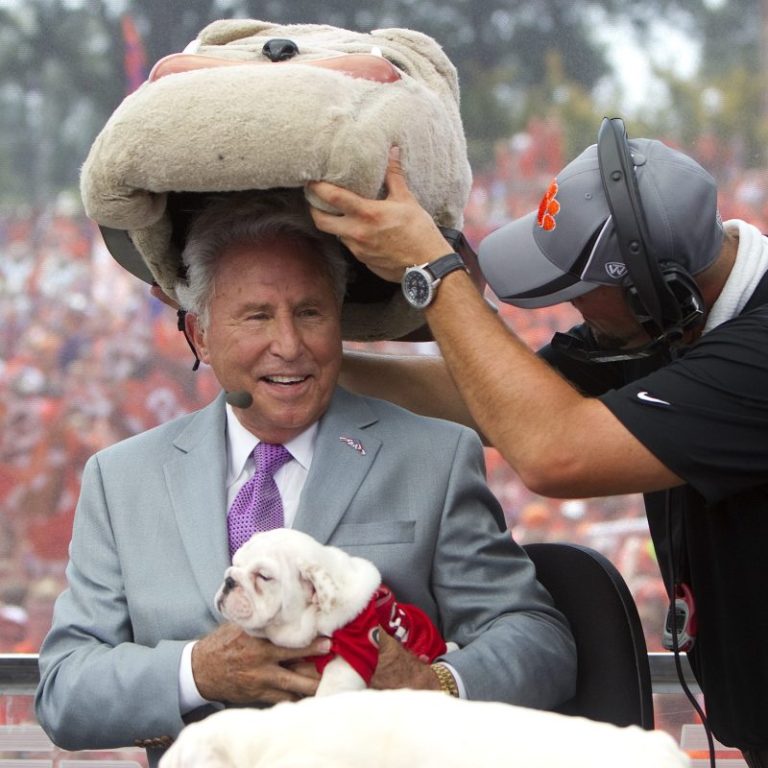At the beginning of the 2024 season, nine of the NFL’s 32 teams were led by a head coach of color — the most in league history.
But the complete picture of coaching diversity within the NFL is more nuanced, and complex.
As part of its NFL Coaches Project, USA TODAY Sports once again compiled biographic information — such as age, gender, race/ethnicity, playing background and coaching history — for every on-field coach in the league at the beginning of the season. This ranged from head coaches and coordinators, at the top of the proverbial coaching ladder, to quality control coaches and fellows at the bottom. Strength and conditioning coaches and those who work in analytics or administration were excluded from the data, as were interns.
The 2024 data shows progress in some areas — such as at the position coach level, where non-white coaches now hold nearly half of the roles — but regression in others, particularly on the offensive side of the ball. Non-white coaches hold a smaller percentage of offensive coaching roles than they did in 2023, and there were no Black offensive coordinators in the league at the start of the season for the first time since 1988.
In total, the NFL’s on-field coaches are roughly as diverse as they were a year ago, at least on a percentage basis. At the start of the season, non-white coaches made up about 44.3% of the league’s coaching staffs, within 0.1% of last year’s total.
Richard Lapchick founded The Institute for Diversity and Ethics in Sport (TIDES) at the University of Central Florida, where he helped track diversity in the NFL and other sports leagues for more than a decade. He praised the league for its recent diversity initiatives and cited the jump to nine head coaches of color, from six a year ago, as a significant accomplishment that should not be overshadowed by steps backward in other areas, like offensive coordinator.
‘I’m more impressed by the gains than I am (disheartened) by the negative figures there,’ said Lapchick, who has since left Central Florida but remains the president of The Institute for Sport and Social Justice, a nonprofit.
NFL head coach gains
There were eight head-coaching vacancies in the NFL this offseason and half of them were filled by coaches of color: Raheem Morris in Atlanta; Dave Canales in Carolina; Antonio Pierce in Las Vegas; and Jerod Mayo in New England. Pierce was retained after a stint as interim head coach, while Mayo succeeded Bill Belichick with the Patriots, who did not interview any other candidates.
According to USA TODAY Sports research, it was the first time four head coaches of color have been hired in the same coaching cycle since the 2003 implementation of the Rooney Rule, which requires NFL teams to interview candidates of color for key positions.
It also meant that, for the first time in NFL history, more than 25% of the league’s head coaching jobs would be filled by coaches of color.
Lapchick said that, while it is important to examine broad trends across the league, diversity at head coach is what should — and does — get the most spotlight.
‘I think that’s where the emphasis needs to be,’ he said. ‘That’s who the team is presenting as their leadership. It’s been the area that there’s been the least amount of growth over a long period of time. So to get this increase and growth of the number of head coaches of color has been a significant accomplishment for the NFL.’
USA TODAY Sports’ data reflects the makeup of coaching staffs at the start of each season, for ease and consistency. The number of non-white head coaches in the NFL has since decreased, with former New York Jets coach Robert Saleh among the two head coaches who have been fired over the past two months. (Dennis Allen, who is white, is the other.)
No Black offensive coordinators
While the league’s uptick in head coaching diversity is notable, so is the step backwards in diversity at the position that often serves as a springboard to head coach: Offensive coordinator.
For the first time in 36 years, none of the 31 offensive coordinators in the NFL at the start of the season were Black. (The San Francisco 49ers do not have an offensive coordinator in title.)
Two of the coordinators of color from 2023, Thomas Brown and Brian Johnson, began the season as passing game coordinators, while a third, Eric Bieniemy, returned to the college ranks at UCLA. Canales left his offensive coordinator position to become head coach of the Carolina Panthers.
Brown became the league’s only Black offensive coordinator on Tuesday when the Chicago Bears elevated him to the role after firing Shane Waldron. The only other offensive coordinator of color in the league is Mike Kafka of the New York Giants. In previous years, USA TODAY Sports had identified Kafka as white, as did the NFL in its own 2022 diversity and inclusion report. A Giants spokesperson said Tuesday that Kafka, whose maternal family is from Puerto Rico, identifies as Hispanic.
While half of the defensive coordinators hired during the offseason were coaches of color, offensive coordinator was a different story. Sixteen of the league’s 32 teams hired a new offensive coordinator last winter, and all of them were white.
Jonathan Beane, the NFL’s senior vice president and chief diversity and inclusion officer, was not made available for an interview. But he told The Athletic he hopes the lack of diversity at offensive coordinator proves to be a one-year anomaly.
Data at the lower levels of the coaching ladder gives him reason to hope. The league has two more non-white quarterbacks coaches than it did a year ago and, across the board, nearly half of coaches at the position coach level are diverse.
Defense still more diverse
There have historically been more coaches of color on the defensive side of the ball than on offense, and that remains true in 2024. More than 54% of defensive coaches at all levels are non-white, compared to just 39% of offensive coaches.
The slight decline in diversity on the offensive side of the ball comes even as the league office continues to push for more non-white coaches to receive entry-level opportunities there. In 2022, the NFL began requiring each team to hire a woman or a coach who is part of an underrepresented racial or ethnic group as an offensive assistant. The league office also provides funding for teams to hire for that role.
Interestingly, the coaching group that has seen the largest jump in its percentage of non-white coaches isn’t offense or defense but special teams. While coaches of color occupy only seven of the NFL’s 32 special teams coordinator jobs, they hold half of the assistant special teams coordinator positions.
Team rankings
For the third consecutive year, USA TODAY Sports also examined coaching diversity by team and found that the teams at both the top (the Pittsburgh Steelers) and the bottom (the Cincinnati Bengals) are unchanged.
The Steelers, whose coaching staff is 63% non-white, are one of seven NFL teams in which coaches of color make up the majority of the staff. Four of the seven had a non-white head coach at the start of the 2024 season.
On the other side of the spectrum are the Bengals, New Orleans Saints, Los Angeles Chargers and Kansas City Chiefs — the four teams in the league where 2/3 or more of the coaching staff is white. The Bengals have five coaches of color, including none at the coordinator level or above, among the 21 on-field coaches on their staff.


